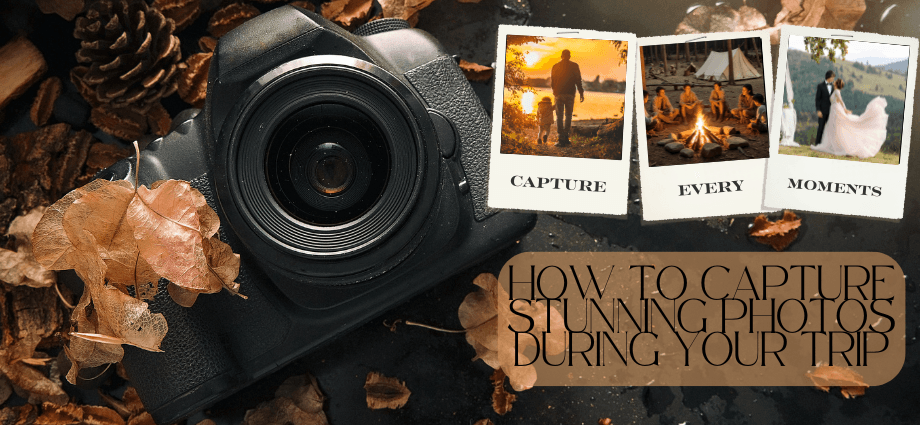Traveling offers endless opportunities to capture incredible moments and create lasting memories through photography. With a little preparation and some basic techniques, anyone can take stunning photos during their trips. This guide will provide practical advice to help you elevate your travel photography skills.

Key Preparation Tips Before Your Trip
The foundation of great travel photos starts before you even leave. Planning and preparation can make all the difference.
Research the Destination
Understanding your destination helps you identify the best spots for photography. Look for iconic landmarks and hidden gems online, and learn about local customs and photography regulations. Checking the weather forecast will also help you plan for ideal lighting conditions.
Choose the Right Gear
Your gear significantly impacts the quality of your photos. Opt for lightweight cameras or smartphones to avoid bulk and bring extra batteries, memory cards, and a portable charger. Packing a compact tripod can also be helpful for stability in low-light conditions.
Practice Before You Go
Getting comfortable with your equipment helps avoid last-minute frustrations. Explore different camera settings, including manual mode, and practice capturing photos in varying light conditions. Testing your editing apps for basic adjustments is also a good idea.
Essential Techniques for Capturing Stunning Photos
When you’re on your trip, using the right techniques will help you take breathtaking photos that truly capture the spirit of your journey.
Master the Basics of Composition
Good composition is key to compelling photography. Applying the rule of thirds by placing your subject off-center can create more dynamic images. Avoid cluttered backgrounds that detract from your subject and use leading lines, such as roads or rivers, to guide the viewer’s eye.
Use Natural Light to Your Advantage
Lighting can make or break your photos. Taking photos during the golden hour—shortly after sunrise or before sunset—provides soft, warm lighting. Harsh midday sunlight creates unflattering shadows, so it’s best to avoid it when possible. You can also use natural reflections, such as water or glass, for creative effects.
Experiment with Angles and Perspectives
Adding variety to your shots keeps them interesting. Shooting from low angles can create dramatic perspectives, while including foreground elements adds depth to landscapes. Framing your subject with natural elements like arches or trees can enhance your composition.
Capture Authentic Moments
The best travel photos often tell a story. Taking candid shots of locals engaged in their daily lives and documenting spontaneous moments creates a more authentic feel. Focusing on details, like textures or patterns, can also reflect the essence of the culture.
Post-Photography Tips to Improve Results

Once you’ve taken your photos, refining and organizing them ensures they shine even more.
Edit Your Photos Thoughtfully
Editing can enhance your images, but moderation is key. Adjust brightness, contrast, and saturation for balance, and crop your photos to emphasize the subject. Over-editing can make photos look unnatural, so aim for subtle improvements.
Organize Your Photos

Keeping your photos organized prevents future headaches. Backing up your images using cloud storage or external drives ensures they’re safe. Sorting your photos into albums based on location or themes makes it easier to find specific shots later. Deleting duplicates or poorly shot photos helps save space and maintain quality.
Share Your Work
Sharing your photos allows others to enjoy your experiences. Posting on social media with thoughtful captions can engage your audience, while joining online photography groups provides feedback and inspiration. Creating a travel blog is another excellent way to document your journey.
Conclusion
Capturing stunning travel photos doesn’t require professional equipment or advanced skills. By preparing ahead, using essential photography techniques, and thoughtfully refining your work, you can create images that beautifully preserve your travel experiences. Start exploring, experimenting, and documenting—your next trip could be your most photogenic one yet.
